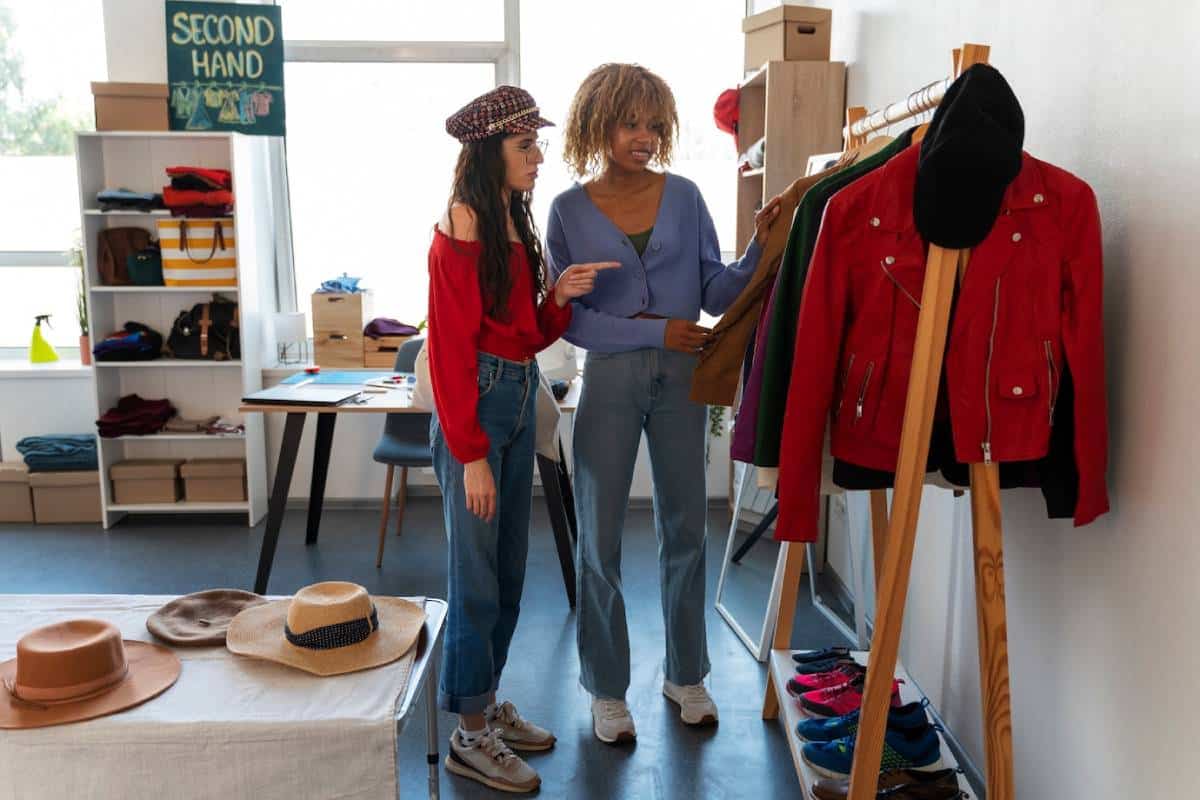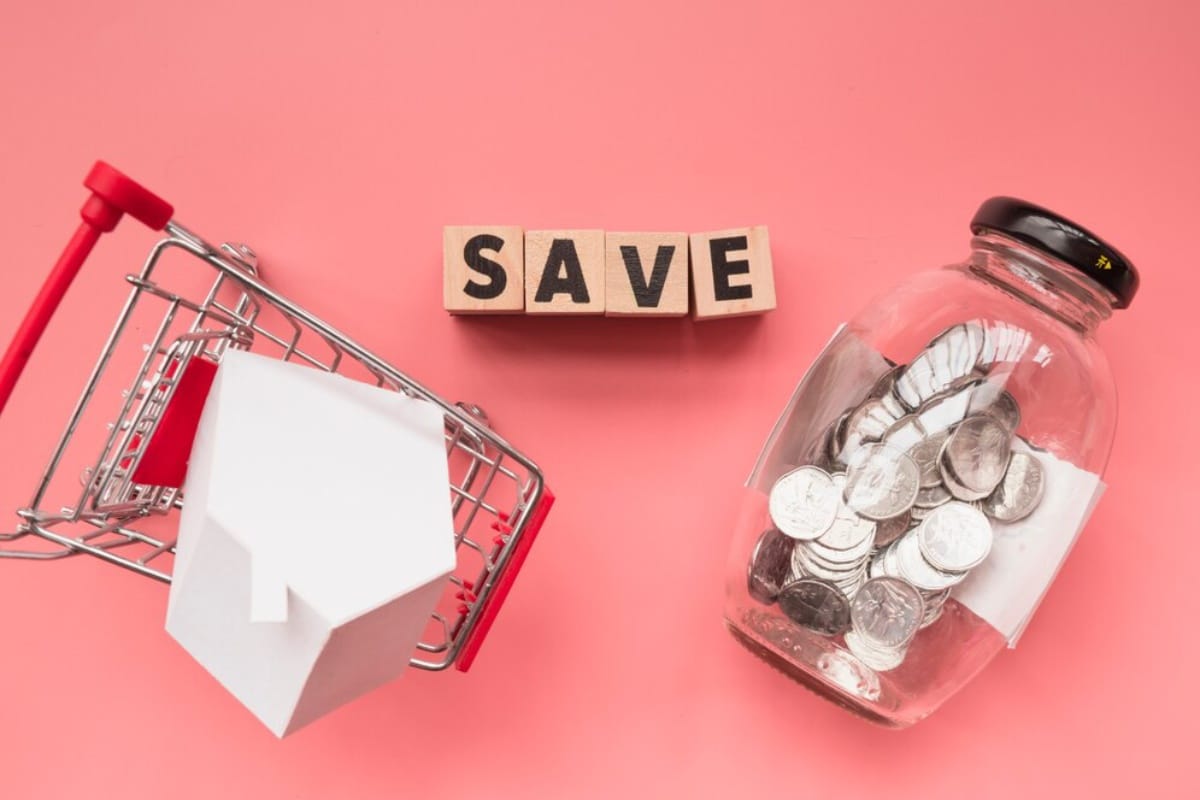
The Rise of Secondhand Shopping in Minimalist Lifestyles
A Shift in Consumption Culture
In a world increasingly defined by consumerism, the concept of buying less and buying better is gaining powerful traction. Secondhand shopping is at the heart of this movement. It’s a growing trend that fits well with minimalist consumption and the push for sustainable fashion. More people are rethinking their values and priorities. This shift makes owning less and living more intentionally appealing. So, there’s a rise in thrifted, vintage, and pre-loved purchases.
This blog explores how secondhand shopping perfectly complements the minimalist lifestyle. We’ll look at the environmental and ethical benefits. Then, we’ll give practical tips for successful thrifting. Also, we’ll share real stories of people who embrace a conscious, clutter-free lifestyle. If you’re decluttering or just starting with minimalism, secondhand shopping could be the key to your journey.
The Minimalist Mindset: Quality Over Quantity
What Is Minimalist Consumption?

Minimalist consumption is about being deliberate with purchases. Minimalists focus on essentials. They choose items that bring lasting value and joy instead of buying things on a whim. It’s a philosophy rooted in purpose, with the goal of reducing waste, clutter, and mindless spending.
Why Secondhand Shopping Aligns Perfectly
Secondhand shopping fits seamlessly into this mindset. It allows consumers to:
- Avoid unnecessary manufacturing waste
- Save money
- Support a circular economy
- Avoid fast fashion and mass production ethics
Buying secondhand gives items a second life. This cuts their environmental impact and keeps usable goods out of landfills.
The Environmental Impact of Fast Fashion
Fast Fashion: The Hidden Cost
Fast fashion has made clothing cheap and readily available – but at what cost? According to the Ellen MacArthur Foundation, the fashion industry contributes around 10% of global carbon emissions and is the second-largest consumer of water. Many garments are made from synthetic fibres, which shed microplastics and take centuries to decompose.
Secondhand as a Solution
By opting for secondhand clothing, you’re not only reducing demand for new production but also:
- Preventing textile waste
- Conserving water and resources
- Slowing down overproduction cycles
In short, secondhand shopping with your minimalist budget is a small act with a big environmental payoff.
The Rise of Secondhand: A Global Movement
Growing Popularity Among Millennials and Gen Z
Younger generations are leading the charge. A 2023 ThredUp report showed that Gen Z and Millennials are twice as likely to buy secondhand compared to older generations. For many, it’s not just about saving money – it’s about aligning spending with values.
The Digital Thrifting Boom
The rise of apps like Depop, Vinted, Poshmark, and eBay has revolutionised the secondhand experience:
- Increased accessibility: Anyone with a smartphone can buy or sell clothes.
- Curated choices: Algorithm-based recommendations help shoppers find items that match their style.
- Community and culture: Digital thrifting is often tied to sustainability, style, and social influence.
High-Street Meets Vintage
Even mainstream retailers are getting involved. Brands like Levi’s, Patagonia, and COS now offer resale platforms. This shows a rising interest in eco-friendly fashion.
Economic Benefits of Buying Secondhand
Save While You Shop

Secondhand items often come at a fraction of the cost of new ones. For budget-conscious minimalists, this is a huge win.
Shoppers can often score:
- Designer items at high-street prices
- Unique, discontinued, or rare finds
- Quality-made pieces that last longer than fast-fashion equivalents
Supporting Local Economies
Buying from charity shops, vintage fairs, and local resellers keeps money in communities. It’s a way to invest in people, not corporations.
Minimalism Beyond the Closet: Furniture, Books, and More
Furnishing Your Home the Minimalist Way
Why buy new furniture when quality pre-loved options are widely available?
- Charity shops and online marketplaces (e.g. Facebook Marketplace, Gumtree) are great sources.
- You often find solid wood, and vintage craftsmanship – much more durable than flat-pack options.
Secondhand Books and Decor

Minimalism doesn’t mean empty. A well-chosen book or art piece adds character without clutter.
Look for:
- Secondhand bookshops or online exchanges
- Framed vintage prints or posters
- Handmade ceramics or local artisan items
Tech and Electronics
Refurbished electronics are a smart way to combine minimalism with functionality. Look for certified sellers offering warranties.
Conscious Gifting with Secondhand Items
Breaking the Taboo
There’s still a lingering stigma around gifting secondhand, but that’s changing. Many now see it as a thoughtful, eco-conscious gesture.
Tips for Gifting Secondhand
- Choose quality over quantity
- Present items beautifully with eco-friendly wrapping
- Explain the story behind the item (e.g. vintage, handmade, locally sourced)
Gift ideas:
- Vintage jewellery or accessories
- Curated book sets
- Retro board games or puzzles
How to Shop Secondhand Like a Pro
Know Your Style
The key to successful secondhand shopping is clarity. Know what you’re looking for, and stick to a mental list.
Where to Look
- Charity shops
- Online platforms (Depop, eBay, Vinted)
- Garage sales and car boot fairs
- Clothing swaps
Check Quality Carefully
- Inspect for stains, damage, or missing parts
- Check labels for fabric content and washing instructions
- Try things on when possible
Be Patient and Persistent
Thrifting takes time. You may not always strike gold, but persistence often pays off. Think of it as a treasure hunt, not a sprint.
Embracing a Mindful Shopping Habit
Buy Less, Choose Well
Fashion designer Vivienne Westwood said it best: “Buy less, choose well, make it last.” This ethos is at the heart of secondhand minimalism.
Practice the “One In, One Out” Rule
If you bring something new in (even secondhand), consider removing something else. This helps avoid clutter and reinforces mindful habits.
Keep a Capsule Wardrobe
Secondhand shopping helps you build a capsule wardrobe. This is a set of versatile, high-quality pieces that show off your style.
Real Stories: How Secondhand Changed Lives
Case Study 1: From Shopaholic to Sustainable
Emma, a London-based teacher, used to buy fast fashion weekly. After watching a documentary on textile waste, she shifted to secondhand. “Now I have fewer clothes, but each one feels special,” she shares.
Case Study 2: Decorating a Flat Sustainably
James and Aria furnished their flat entirely through Facebook Marketplace and charity shops. “We saved thousands and love the unique character of our home,” they explain.
Case Study 3: Capsule Wardrobe Success
Zoe decluttered her full wardrobe. Now, she has only 30 clothing items, all secondhand. “It made getting dressed so much easier and helped me stop impulse buying.”
Overcoming Common Misconceptions
“Secondhand Means Worn Out”
Not true. Many items are barely used or even brand-new with tags. With a careful eye, you can find treasures.
“It Takes Too Much Time”
Yes, it requires patience – but that’s part of the charm. It encourages slowing down, being present, and enjoying the process.
“It’s Not Trendy”
Actually, secondhand is leading style trends. Influencers, stylists, and fashion editors often show off pre-loved looks on social media and runways.
Final Thoughts: A Lifestyle of Intention
Secondhand shopping is more than a budgeting tool or sustainability hack. It’s a mindset shift – a rejection of a fast-paced, disposable culture in favour of something more grounded. For minimalists, it represents an opportunity to shop with intention, conscience, and creativity.
Choosing pre-loved over brand-new isn’t just better for the planet; it’s better for our wallets, our wardrobes, and our well-being. So whether you’re curating a capsule closet or redecorating with thrifted finds, remember: less truly can be more.
Conclusion: Reimagine Shopping, Rethink Living
In embracing secondhand shopping, minimalists are redefining what it means to live richly. It’s not about deprivation – it’s about making space for what truly matters. The next time you need something, consider shopping secondhand. You might just discover something more valuable than a product: a new perspective.
Ready to start your conscious shopping and smart spending journey? Visit a nearby charity shop, browse an online secondhand marketplace, or set up a clothing swap with your friends. Choose secondhand first. You’ll embrace a sustainable and minimalist lifestyle.


